Stories to Drive Change
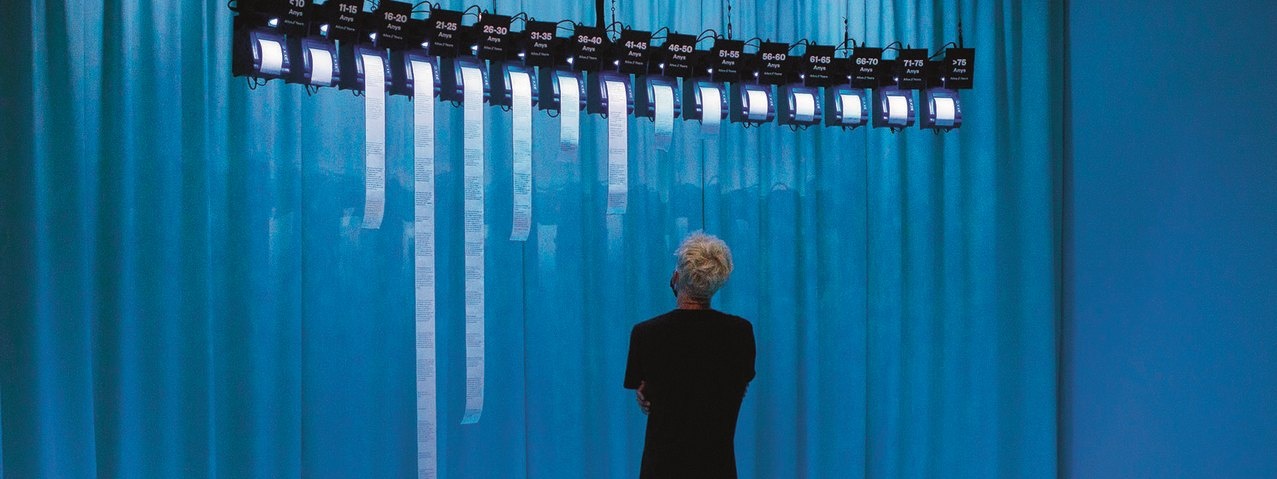
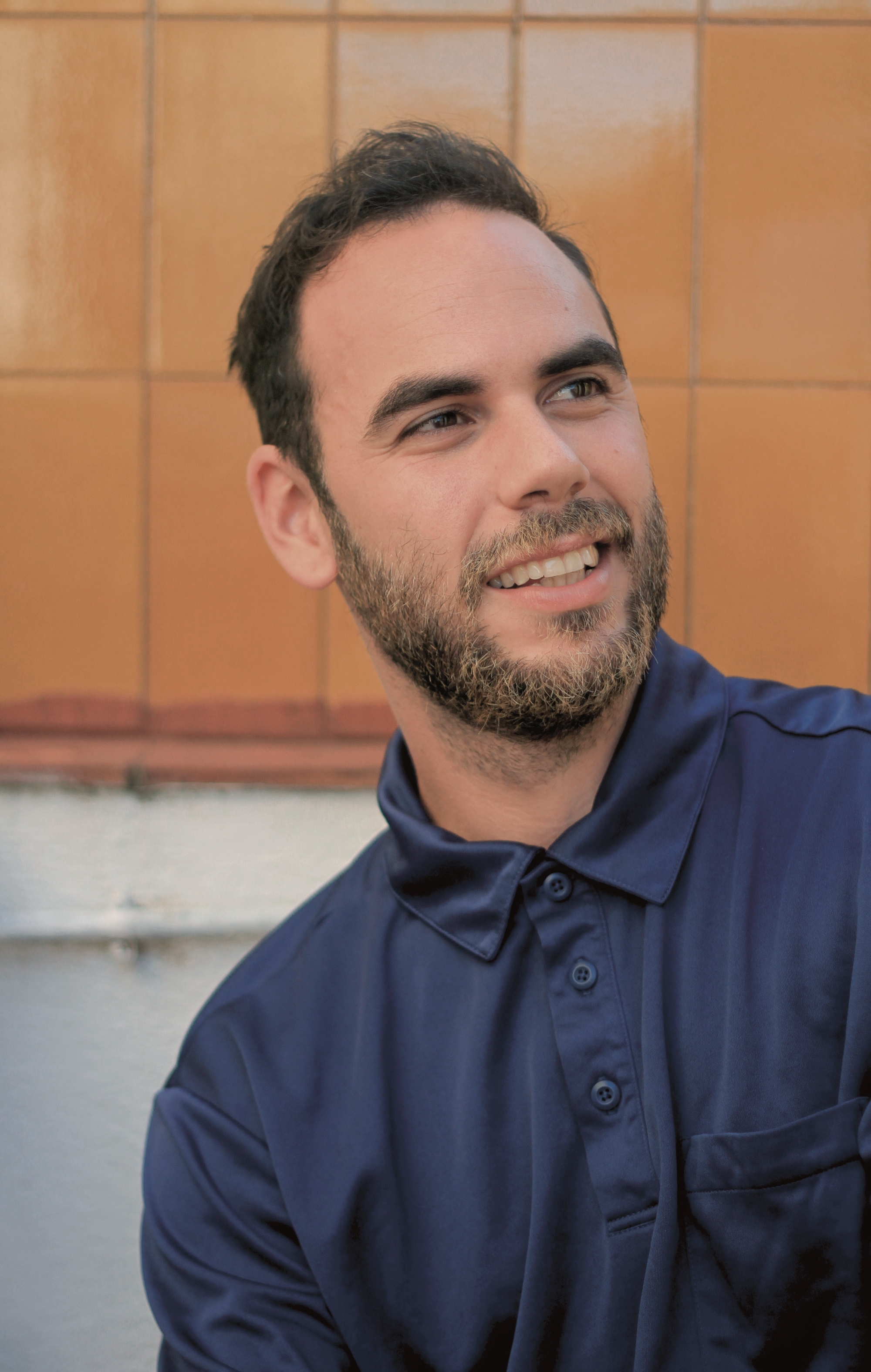
|
Stories to Drive Change Domestic Data Streamers, a creative data firm founded by Barcelona native Pau Garcia, is driving changes in how people view and use data, both at Written by Sunni Zhang
|

|
INTERVIEW – PAU GARCIA We now live in a world driven by data. If it still occurs to you that data resembles piles of cold hard information and numbers that only make sense for Garcia recognises the power of data in terms of its accuracy and efficiency, but he sees more potentials beyond sole scientific applications. “The world is becoming a more complex, intricate and confusing place to live in. Numbers and data are key to understanding it, but they tend to detach the emotions that exist behind what they represent. I wanted to find a mix between the emotional side that arts have and the technical and pragmatic ways that I’d learnt in my design studies. Working with data in creative ways was the perfect way to integrate the most technical and empirical side with the explorative one.”
This idea is of course embodied in Domestic Data Streamers’ various projects. The creative studio has addressed both pressing issues and overlooked topics over the years,including universal challenges faced by the entire globe, childhood risks, and regional public health care. “We as designers need to understand that we hold a responsibility, that each design we do has an impact and will have heavy consequences on the long term for the generations to come.” To “make numbers roll with emotions”, is what Garcia envisions Domestic Data Streamers to be exploring. “The world cannot be understood without numbers, but it will not be understood with numbers alone.” The public may still perceive data as having nothing much to do with the daily life, playing with data, however, is hardly a new activity for many industries. Humans have been collecting and observing data long enough to know that it is prone to manipulation. Regarding this, Garcia raises his concerns, “Historically data was tended to use in very scientific or technical environments. Today we live in a post-truth world where data is used in a totally different way: sometimes it is truly used to inform but sometimes it is just twisted to mean the opposite. It is a doubleedged sword and obviously people use it in their best interest.” The global pandemic has put societies in turmoil and industries through uncertainty, but Garcia sees positive impacts during this unsettling time. He says, “People are more aware than ever that data can be manipulated, and that it needs the right context so that it is not misinterpreted or creating a false perception of reality. That is a good example of data literacy and I am happy to see that society is learning from its errors little by little.” Having a physical and empirical experience with data-driven exhibits are a crucial part of Domestic Data Streamers’ works, but with social distancing gradually becoming a
|
Others

Latest News | 1 December 2020
Music Therapy Tea House

Latest News | 1 December 2020
Human Light

Latest News | 1 December 2020
Reasy
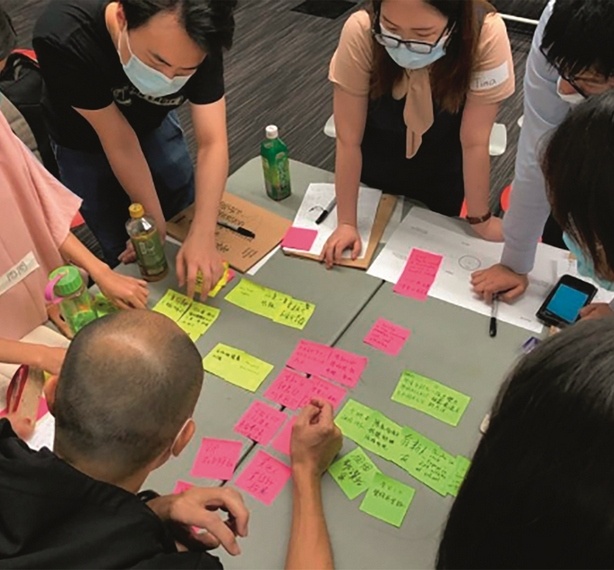
Latest News | 1 December 2020
Design Thinking PMQ

Latest News | 1 December 2020
New Generation, New Force

Latest News | 1 December 2020
Designing for basic Human Needs
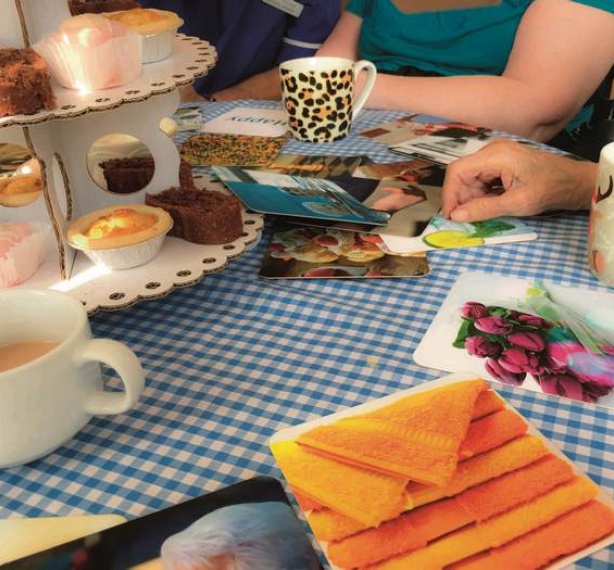
Latest News | 1 December 2020
Sharing about Death Gives Meaning to Life
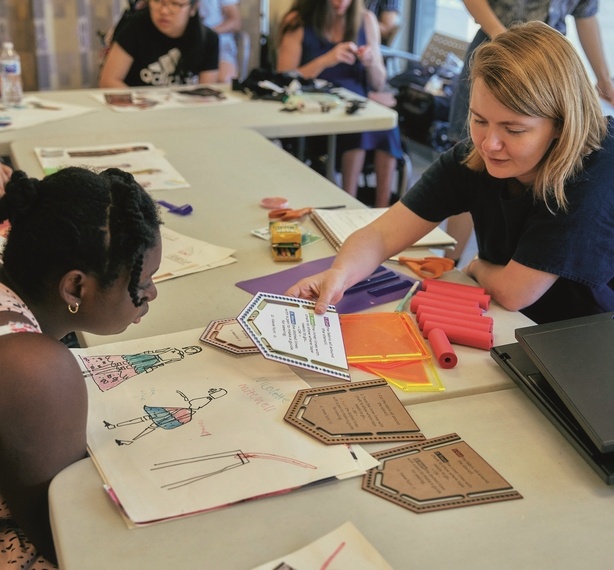
Latest News | 1 December 2020
Functional Fashion is a Bridge to Society
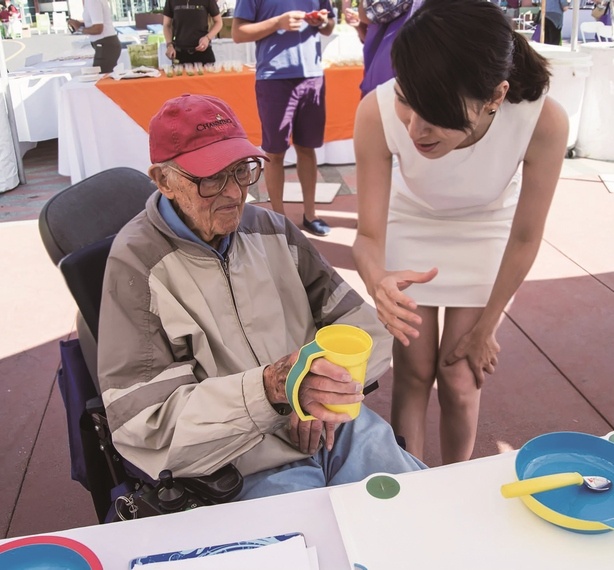
Latest News | 1 December 2020
Tableware Designed with Love
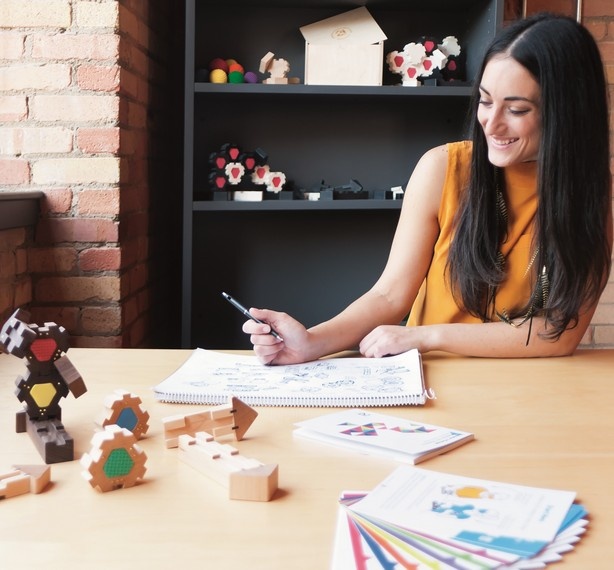
Latest News | 1 December 2020
A Toy for the Twenty-first Century
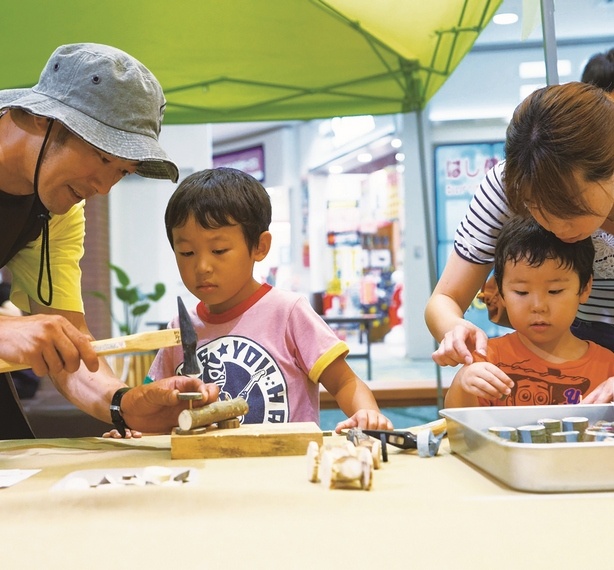
Latest News | 1 December 2020
Value-based Design as a path to Action
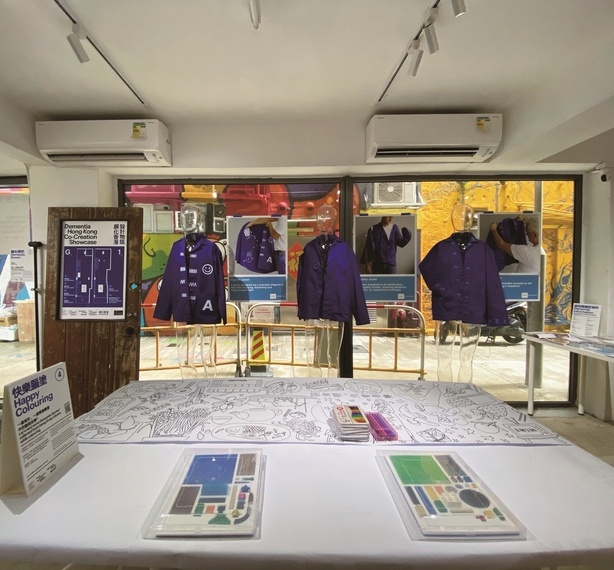
Latest News | 1 December 2020
Design by People for People
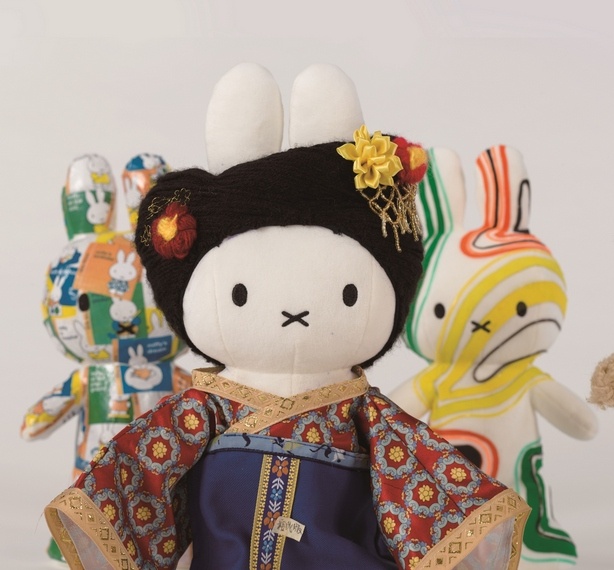
Latest News | 1 December 2020
Miffy
Latest News | 1 December 2020
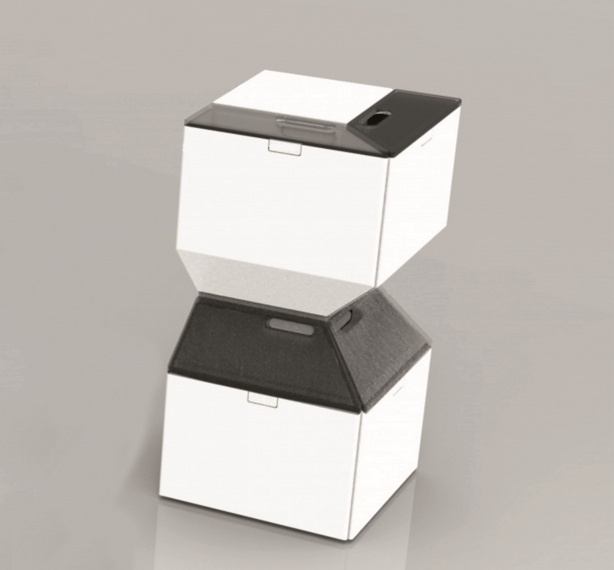
Latest News | 1 December 2020
